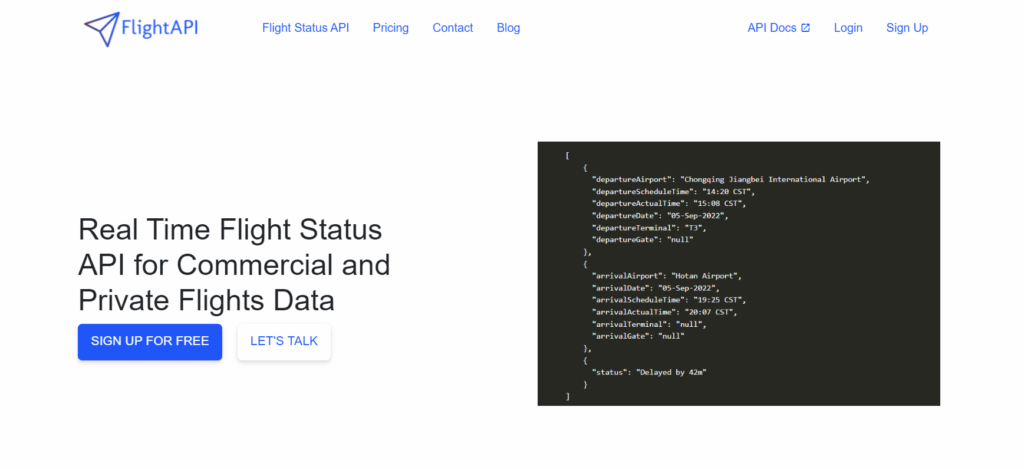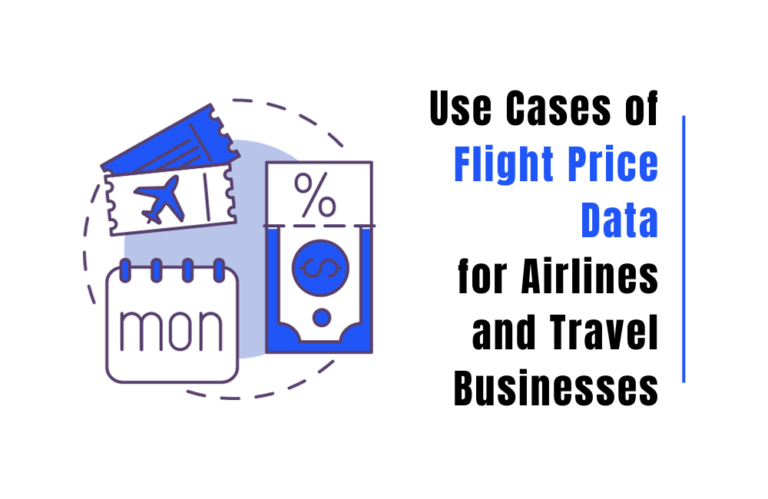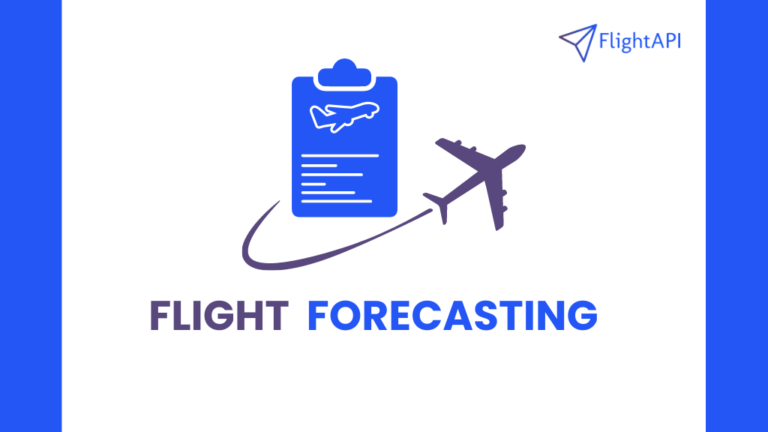The Role of Real-Time Flight Status Data in the Travel Industry
We are living in an age where time is more valuable than anything else.
The demands of air travel can frequently create a sense of time-related uncertainty which turns the experience into a delicate balance against the clock
Missed connections, delayed departures, and the dreaded last-minute cancellations can turn any pleasure trip into an annoying experience.
But, what if you could keep track of flight status in real-time and take the necessary steps to avoid delays and cancellations?
Well, it’s just the insight of how helpful flight status data is for travel businesses.
Read further to know more.
The Role of Real-Time Flight Status Data in the Travel Industry
1. Enhanced Passenger Experience
Leveraging this data businesses can get timely updates about the flight’s status and notify you directly to your smartphone. This means you don’t have to keep watching screens at the airport or wait for occasional updates.
Whether it’s a gate change, a delay, or an early arrival, you always stay informed. This allows passengers to make informed decisions, such as spending extra minutes in the lounge or rebooking a missed connection before the masses.
For travel companies, this is a significant advantage that enhances customer satisfaction and reduces the likelihood of frustration.
2. Streamlined Operations for Airlines and Airports
Monitoring flight status in real-time allows airlines & airports to optimize gate assignments, manage ground services more efficiently, and reduce the turnaround time for aircraft.
This not only improves the utilization of resources but also minimizes the domino effect of delays which leads to a smoother operation and a better experience for travelers.
3. Enhanced Communication and Customer Service
Airlines and travel agencies use this data to proactively for informing passengers about changes that reduce frustration and confusion during travel disruptions. This proactive approach builds trust and loyalty, as passengers appreciate being kept in the loop.
4. Decision Support for Travelers and Businesses
Travel agents and business travel managers use this data for planning alternative travel arrangements in case of disruptions to make sure that business meetings or connections are not missed. Plus travelers get informed on time with an alternative solution that brings peace of mind which otherwise would have ended up in bitterness.
Apart from the flight status data, there are other types of data needs such as flight seats, room avaialblity and flight & hotel pricing businees need to make informed decision. Check out these travel api providers to satiate your travel data needs.
Looking for Precise Flight Status Data? Your Search Ends Here!
To get this data, you can use a flight status and tracking API offered by FlightAPI which lets you monitor flights globally with a simple GET request.

This API provides real-time details such as arrival and departure airport codes, timings, and live status in a JSON format. It’s designed for both commercial and private airplanes. The data provided by this API is sourced directly from the airlines and industry partners to avoid errors.
With this API, you can track flights up to three days in advance and access schedules of flights from the past two days.
To learn more about how to use this API, you can read this guide.
And if you want to try it out before committing to a paid plan, sign up for a free trial with 10 API calls.







